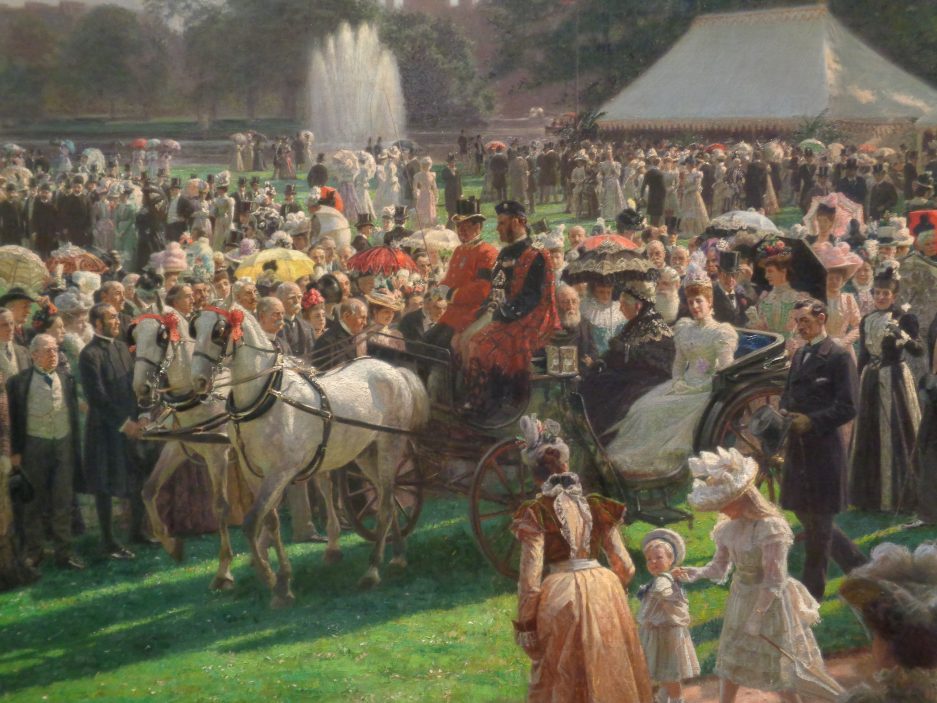For the last part of this book review, I decided to try something sweet and this time make something from the Downstairs section. Food downstairs tend to be plainer and simpler than those served upstairs – loads of meat based stews as they’re cheap, filling and a little usually tends to go a long way. Reading memoirs of those in service such as the likes of Mollie Moran, she recalls that it wasn’t until she entered service that she ate meat on a regular basis as their meals were usually supplemented by leftovers from their employer’s table. This was one of the main reasons why country house servants were valued as volunteers during the First World War as due to their diet they were seen as fitter and healthier than their city counterparts.
Simplicity also was true of the puddings and sweets served downstairs. Not for them fancy ones such as Charlotte Russe or Queen of Puddings but hearty ones such as Rice Pudding or Jam Tarts. The same was true of cakes and this is where the last of my cooking test comes in.
As I’m not much of a baker (I was supposed to ask my husband to do this but decided to challenge myself), I settled on making Gingerbread Cake (p. 245) as it seemed fairly easy and straightforward. In her introductory notes, Gray explained the popularity of this cake downstairs as again it was cheap to make as spices and sugar were affordable. The ingredients for this cake are ones that are easy to obtain even from a mini-supermarket and some are already in my cupboard at home.
Like I mentioned before, Gray writes her recipes in a clear way much like Delia Smith or Nigella Lawson and this one is no exception, it is easy to follow even for a baking moron like myself. The cake came out dark and moist and goes well with either coffee or tea.

The original recipe for this cake was based from the notebook of Avis Crocombe who worked as head cook at Audley End House in the late 19th century and is now held in the archives of English Heritage. If you fancy having a go, here’s the video demonstrating how it’s done:
